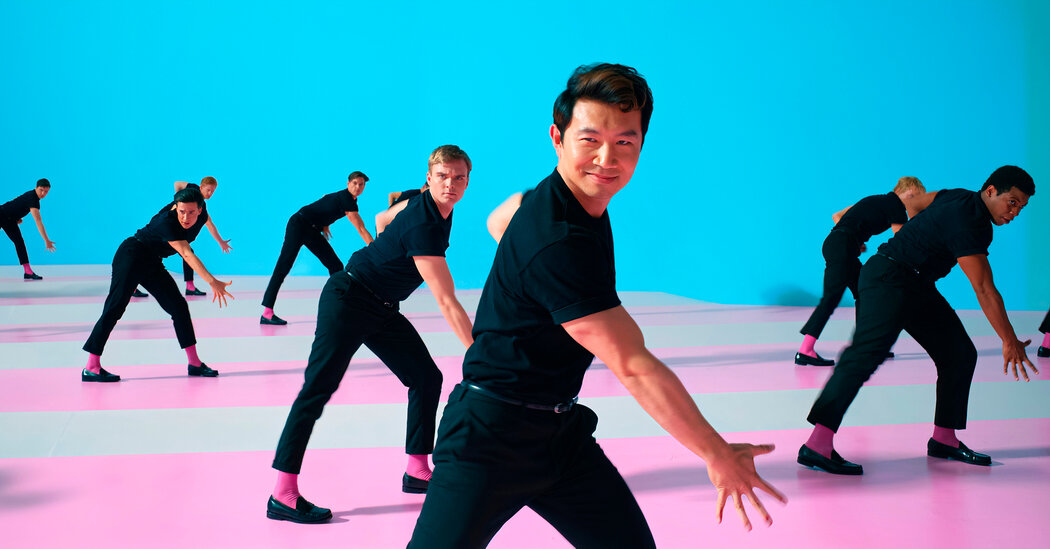When Robbie’s Barbie is trying to escape from executives who want to put her back in her box, she runs through the offices with breathtaking strength as if gulping up freedom with each step. It echoes other films Gerwig has been involved in: the scene in Noah Baumbach’s “Frances Ha” in which her Frances sprints down Manhattan streets, and the quicksilver way Saoirse Ronan’s Jo races through “Little Women,” which Gerwig directed.
In “Barbie,” physicality is important. Gerwig cast dancers to play the multiple Kens and Barbies, and they give the scenes a readiness, an urgency. “They had to have not only the dance ability, but be able to hold themselves and know how to act,” White said. “Quite specific things at crucial moments other than the dance that they had to do.”
In the other big dance number, the Barbie party scene, the choreography is shown at first mainly in close-ups — shot from within to create the sensation that the viewer is on the dance floor. Except for the moment when Robbie’s Barbie wonders aloud if anyone ever thinks about dying, it’s all clueless innocence.
“I really wanted to find movements that were fairly simple but kind of liberating and good fun,” White said. “One of Greta’s favorite moves was just swinging arms, like swimming backward. It felt so free and silly, but somehow when you’ve got 40 women doing it at the same time, it’s quite empowering.”
An arm swing makes sense: A Barbie doll’s arm can swing, but it can’t bend. Soon, though, the ordinary rules about Barbie’s range of motion start to dissolve. One of the film’s most obvious connections to dance, and dancers, is the most understated: When Robbie’s Barbie — whose ever-growing vulnerability melts through the plastic of her former self, allowing her to move with more plastique — has thoughts of death, she starts to change. Her morning wave to her Barbie friends becomes more of a wag; her feet, to her horror, fall flat. Her body, out of her control, is defying her. What dancer hasn’t experienced that?
It’s so clear that Gerwig, here and throughout her work, understands movement. She studied dance; she uses the body in big and subtle ways. As White put it: “She loves dance. I think she probably would have stayed in our rehearsals the whole time if she could.”
